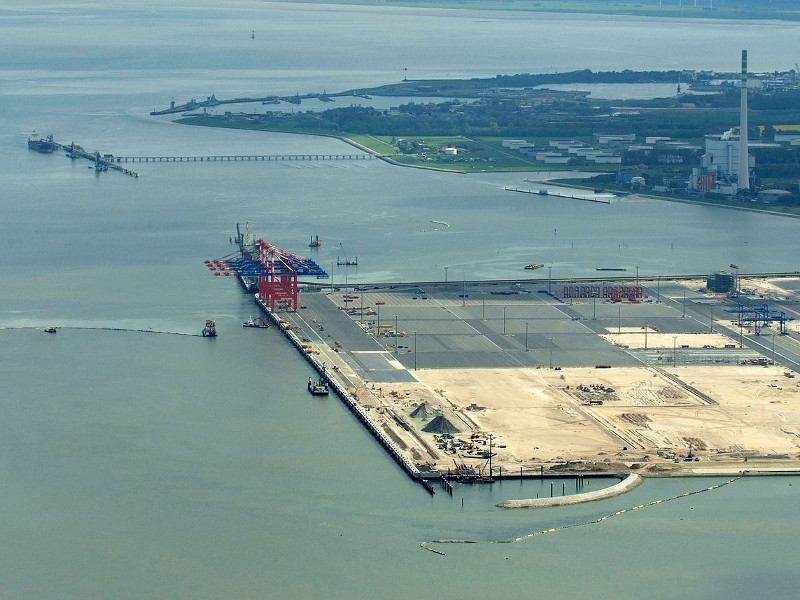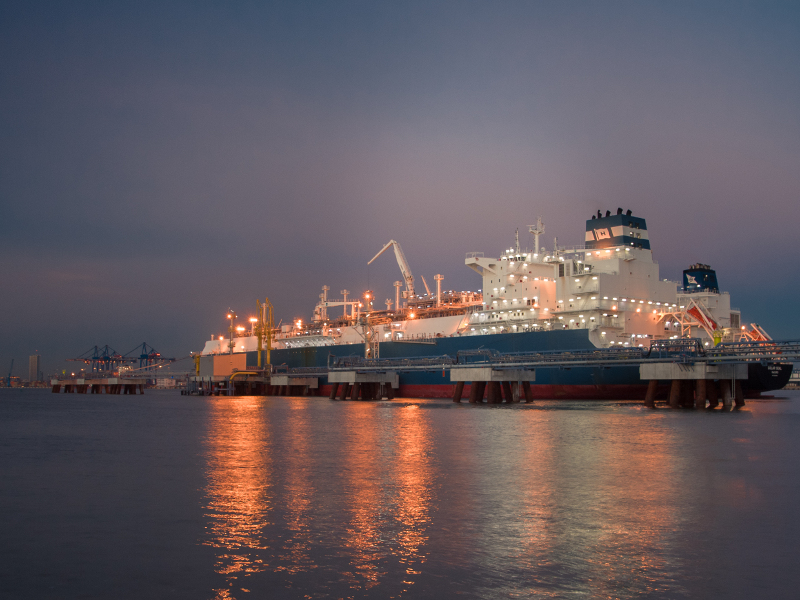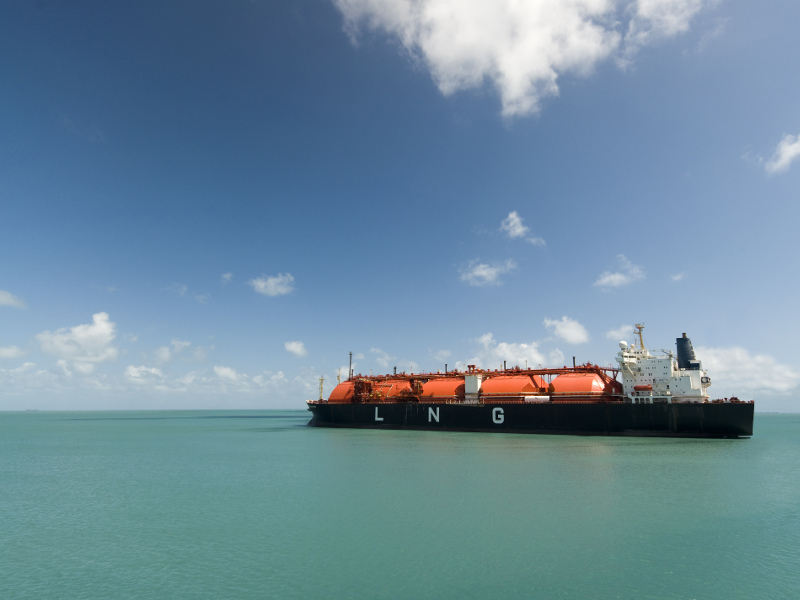The Wilhelmshaven LNG terminal is proposed to be developed at the Jade Weser Port near Wilhelmshaven, along the North Sea coast of Lower-Saxony, Germany.
Utilising floating storage and regasification unit (FSRU), the LNG terminal will have the capacity to import 7.25 million tonnes (Mt) of LNG or ten billion cubic metres (bcm) of natural gas a year.
LNG Terminal Wilhelmshaven (LTW), a wholly-owned subsidiary of the German energy company Uniper, is the proponent of the project, which is estimated to cost up to £560m ($725m).
Uniper has initiated all necessary approval processes for the project and is currently in talks with potential partners to divest a majority share in LNG Terminal Wilhelmshaven, the terminal operator.
Project Gallery
-

The Wilhelmshaven LNG terminal at the Jade Weser Port is one of the first LNG import projects proposed in Germany. Image courtesy of Martina Nolte.
-

The Mitsui O.S.K Line (MOL) will own and operate the Wilhelmshaven FSRU.
-

The Wilhelmshaven LNG terminal will be capable of importing 7.25 million tonnes (Mt) of LNG a years.
Scheduled to enter service by 2023, the Wilhelmshaven LNG terminal will facilitate direct LNG import from the US as well as other LNG exporting countries into the German and European market.
Location and site details
The Wilhelmshaven floating LNG import terminal is proposed to be developed at the Jade Weser Port, which is the only deep-water port in Germany capable of handling large LNG tankers.
The location is close to the existing pipeline and gas storage infrastructure.
Wilhelmshaven FSRU details
The Wilhelmshaven LNG project will comprise a FSRU permanently moored to an extension of the existing jetty at Jade Bay near Wilhelmshaven.
The length, breadth, and draught of the FSRU will be 345m, 55m, and 12m, respectively.
The LNG from the LNG carriers will be loaded into the FSRU through flexible hoses at a rate of 10,000m³/h. The LNG storage capacity of the FSRU will be 263,000m³.
The LNG will be regasified on-board using seawater as the heat source. After regasification, the natural gas will be evacuated from the FSRU via three discharge arms and then delivered through a pipeline to a gas measurement station onshore.
Gas supply from the Wilhelmshaven LNG terminal
The project will involve the construction of a 30km-long onshore pipeline to inject natural gas from the Wilhelmshaven import facility to the existing natural gas transmission grid.
The Wilhelmshaven floating LNG import terminal is also planned to be developed with manifolds for loading LNG onto bunker barges as well as small LNG seagoing vessels for further transportation to the liquid-gas markets in north-west Europe.
Up to five truck loading bays will enable the onward transport of LNG by road.
Regasification capacity booking
Uniper entered a preliminary agreement with ExxonMobil Gas Marketing Europe for a long-term booking of an undisclosed share of the regasification capacity of the Wilhelmshaven FSRU in January 2019.
Uniper itself is also likely to book a share of the FSRU’s regasification capacity for its LNG export volumes from the Freeport LNG export terminal in Texas, US.
Partners involved in the Wilhelmshaven LNG project
Japanese ship owner Mitsui O.S.K Line (MOL) will own, finance, and operate the FSRU under an agreement signed with Uniper in December 2018.
In January 2019, Uniper signed a memorandum of understanding (MoU) with Titan LNG, a Dutch LNG supplier focussed on the marine and industrial markets in North West Europe, for the distribution and marketing of LNG from the Wilhelmshaven import terminal in the German downstream markets.
LNG import projects in Germany
Germany is the biggest gas consumer in Europe, yet doesn’t have any LNG import facility currently. It mostly relies on pipeline gas supply from Russia, Norway, and the Netherlands, with Russia having accounted for more than half of the country’s total gas imports in 2018.
Proposals to develop domestic LNG import facilities have gathered momentum since the German Government expressed its intent for becoming a direct importer of LNG and to support LNG import infrastructure development in 2018, as part of the strategy to diversify its gas import sources.
A total of four LNG terminals, including three along the German North Sea coast and one at the Baltic Sea, are currently under consideration.
The terminal projects proposed at the German North Sea coast are the Wilhelmshaven LNG terminal, the German LNG terminal at Brunsbuettel near Hamburg, and the Stade LNG terminal at the Elbe River, which has direct access to the North Sea.
The fourth proposed terminal is the Rostock LNG project at the Baltic Sea port in Rostock.
Out of the four projects, Wilhelmshaven, Brunsbuettel, and Stade have started the permit application process, while Wilhelmshaven and Brunsbuettel are in the most advanced stage of planning.
